Silverman, David P. Searching for Ancient Egypt: Art, Architecture and Artifacts from the University of Pennsylvania Museum. Cornell University Press, 1997.
Reference
- Object[30]
- yes[30]
- yes[30]
- egyptian[30]
- amulet[3]
- bead network[1]
- bead string[2]
- collar[1]
- figurine[1]
- jar[1]
- necklace[1]
- pectoral[1]
- scarab ring[1]
- sculptor's model[1]
- shawabti[1]
- shroud[1]
- statue[9]
- statue fragment[1]
- statuette[2]
- stela[3]
- vase[2]
- votive[1]
- abydos[7]
- buhen[1]
- egypt[29]
- hierakonpolis[1]
- karanog cemetery[1]
- karnak[1]
- meydum[1]
- mit-rahineh[5]
- nubia[2]
- sudan[1]
- thebes (egypt)[4]
- early nineteenth dynasty[1]
- early ptolemaic[1]
- egyptian early dynastic[2]
- eighteenth dynasty[7]
- first dynasty[1]
- hatshepsut[2]
- khasekhem[1]
- late eighteenth dynasty[1]
- late period[6]
- middle kingdom[6]
- narmer[1]
- new kingdom[9]
- nineteenth dynasty[1]
- ptolemaic period[1]
- roman period[1]
- saite period[1]
- second dynasty[1]
- third intermediate period[1]
- thirty-third dynasty[1]
- tutankhamun[1]
- tuthmosis iii[1]
- twelfth dynasty[5]
- twenty-first dynasty[1]
- twenty-second dynasty[1]
- twenty-sixth dynasty[7]
- amenhotep ii[1]
- amun[1]
- ankh[1]
- bes[1]
- bird[1]
- bivalve shell[1]
- cat[1]
- cowrie shell[2]
- diefankh[1]
- falcon head[1]
- family[1]
- four figures[1]
- giraffe[1]
- horus[2]
- horus falcon[1]
- inheret[1]
- isis[1]
- king[4]
- knife[1]
- lion[1]
- man[2]
- monkey[1]
- montu[1]
- necho ii[1]
- nefertem[1]
- nekhbet[1]
- offering table[1]
- pomegranate[1]
- ptah[2]
- re`[1]
- scorpion[1]
- scribe[1]
- sekhmet[3]
- serekh[2]
- sitepehu[1]
- snake[1]
- trees[1]
- tutankhamun[1]
- tuthmosis iii?[1]
- tutu[1]
- uraeus[1]
- hieroglyphic[10]
- actual citation[30]
1 - 30 of 30 Records
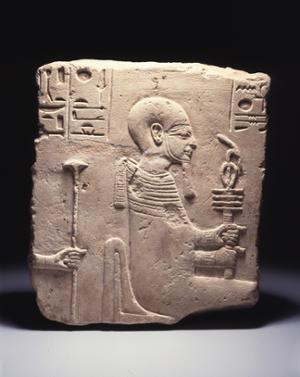
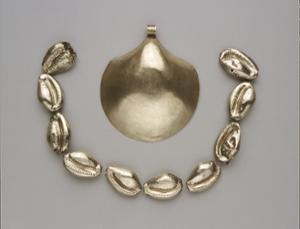
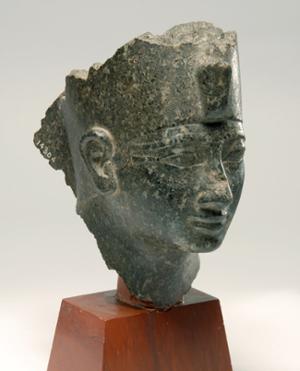
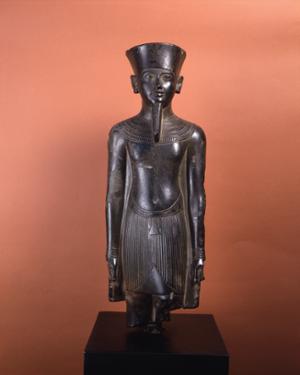
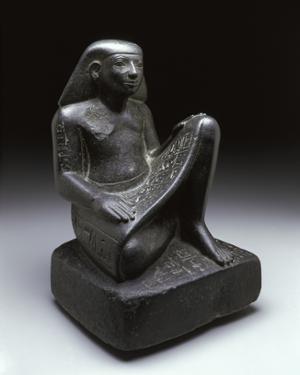
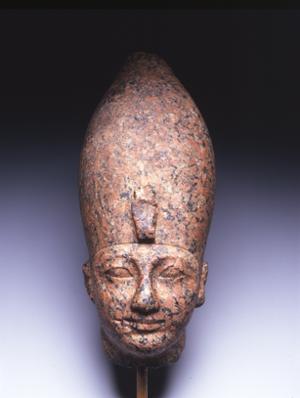
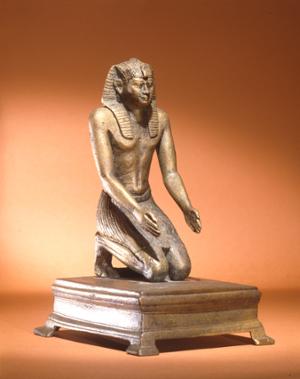
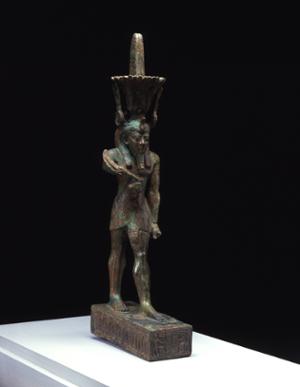
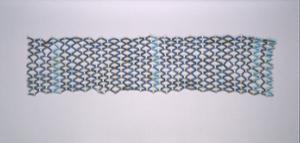

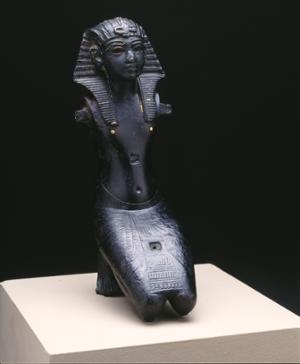
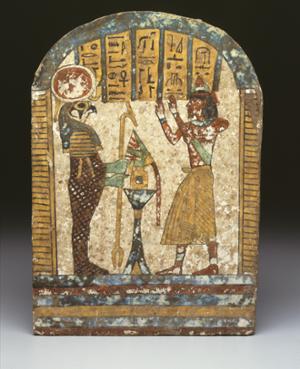


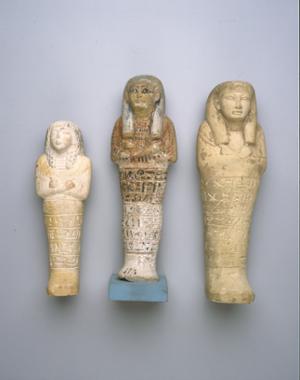
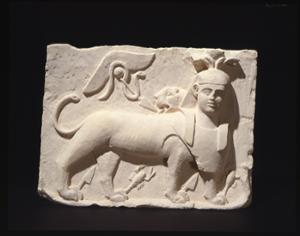
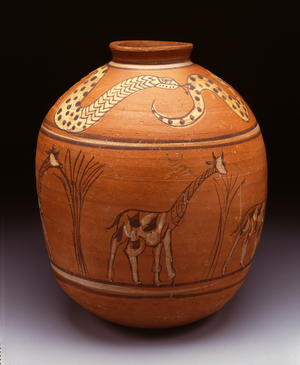

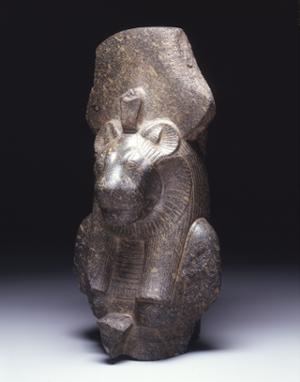
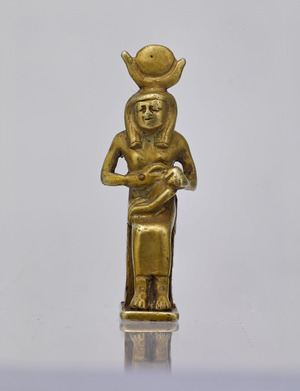

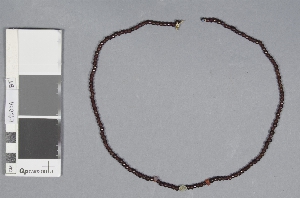

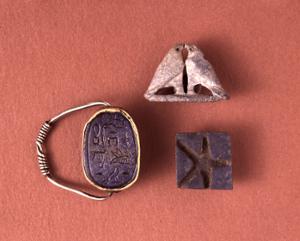
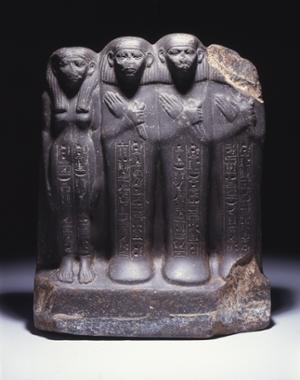
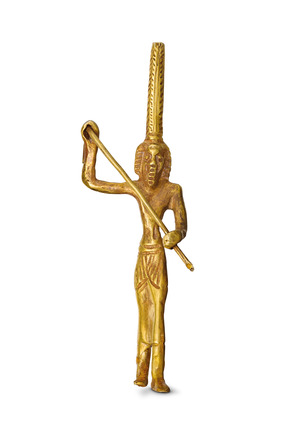
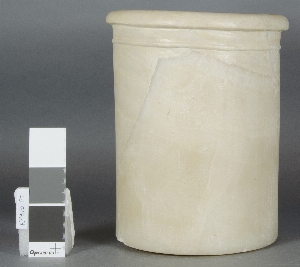

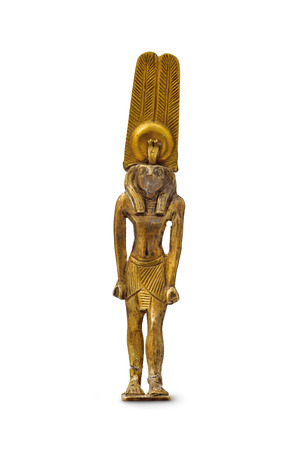
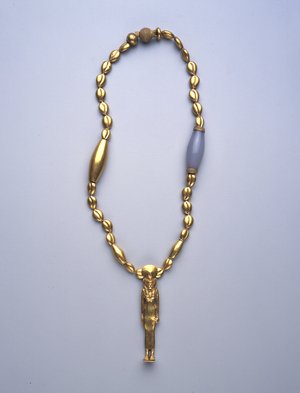
1 - 30 of 30 Records

